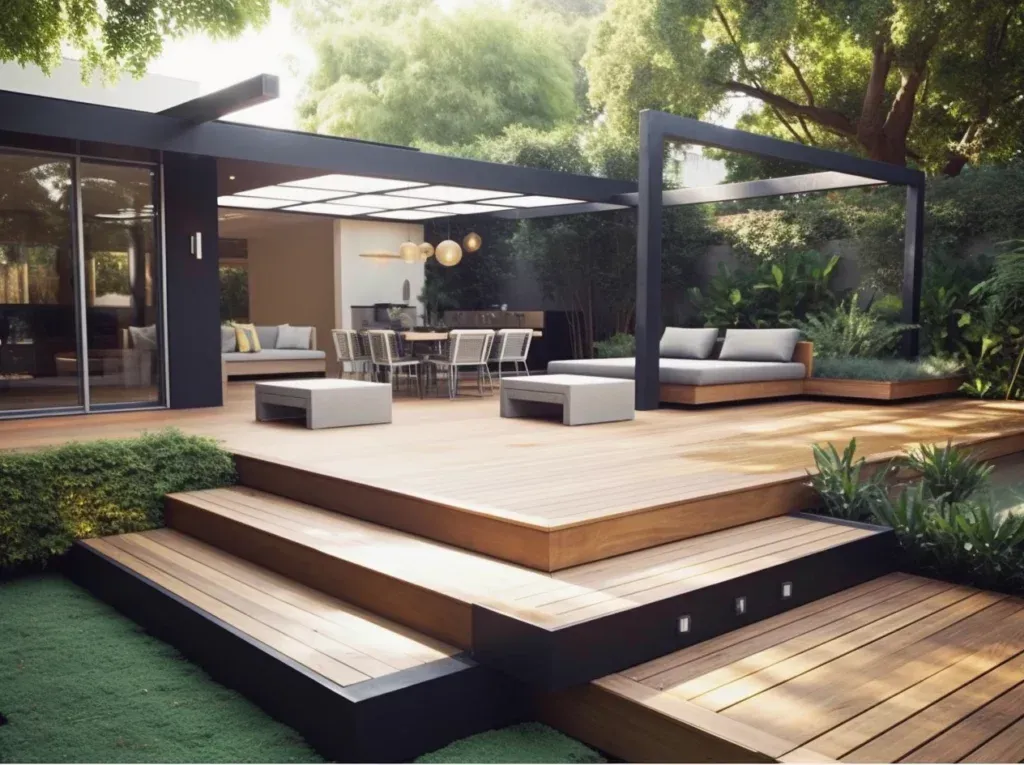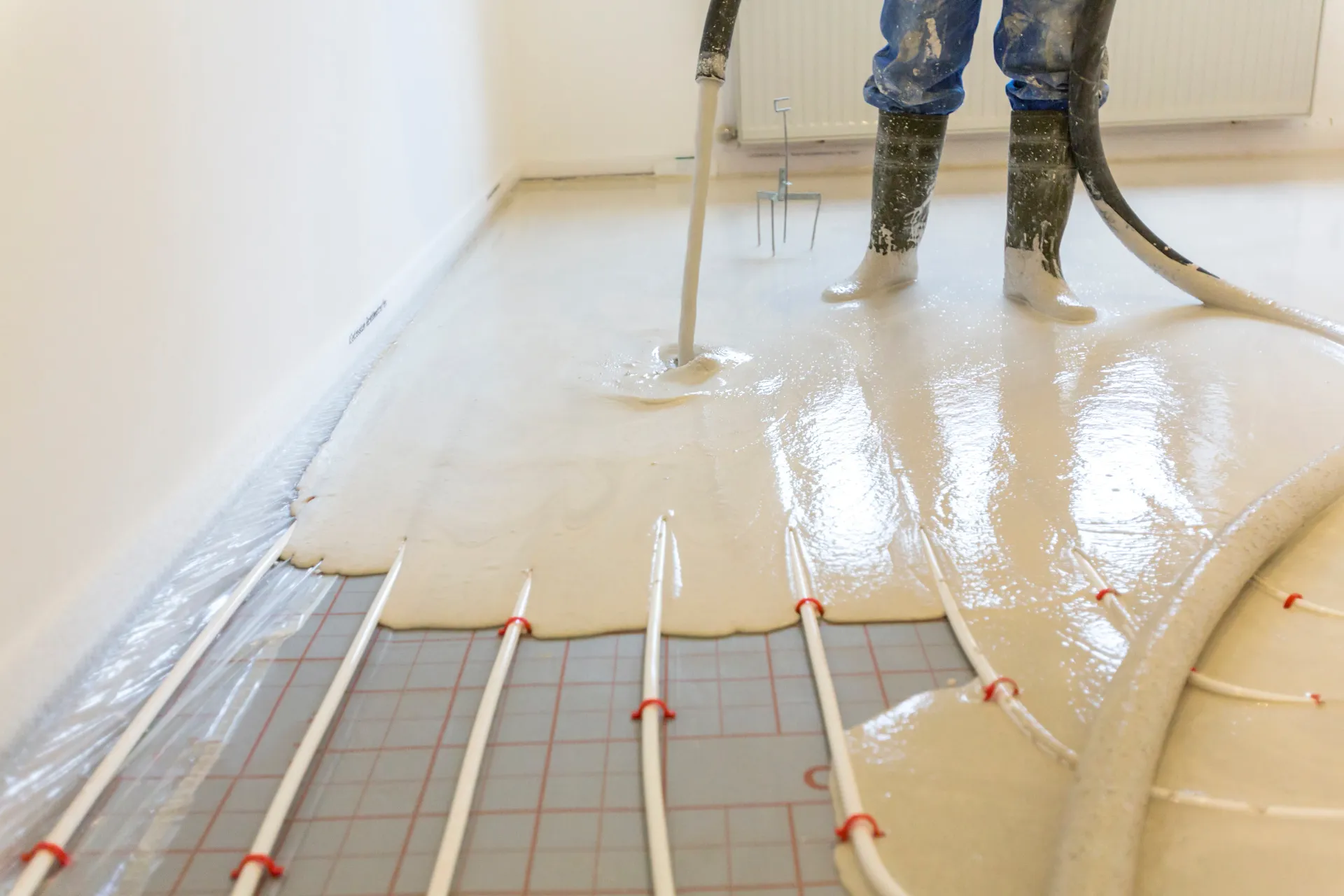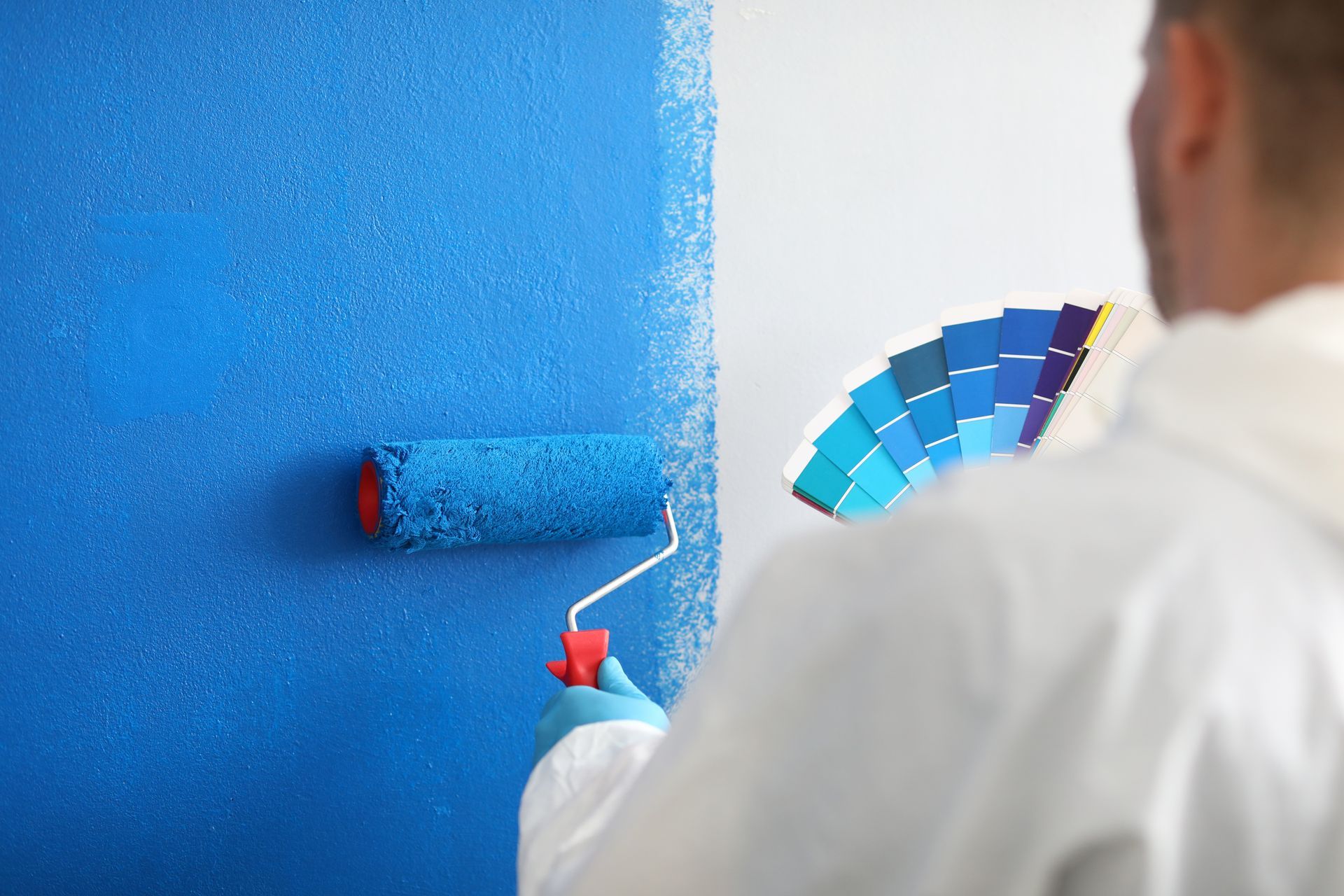Building a Floating Deck: Tips and Tricks from the Pros

Whether you're a DIY enthusiast or planning to hire a professional for home improvement or
handyman services, understanding tips and tricks from the pros can ensure your project is a success.
Table of Contents:
Building a Floating Deck: Tips and Tricks from the Pros
Table of Contents:
What is a Floating Deck?
Planning Your Floating Deck
1. Define the Purpose and Size
2. Choose the Right Location
3. Consider the Material
Tips for Building a Floating Deck
1. Foundation Matters
2. Use Pressure-Treated Lumber
3. Allow for Ventilation
4. Decking Layout and Installation
5. Finishing Touches
Benefits of Hiring Professionals
Common Mistakes to Avoid
1. Skimping on the Foundation
2. Ignoring Drainage and Ventilation
3. Overlooking Maintenance
Conclusion
Transform Your Outdoor Space with Miller Consulting
Frequently Asked Questions (FAQs) - Building a Floating Deck
1. Do I need a permit to build a floating deck?
2. What is the ideal material for a floating deck?
3. How do I ensure my floating deck is level?
4. Can I install a floating deck on uneven ground?
5. How long does it take to build a floating deck?
What is a Floating Deck?
A floating deck is a freestanding structure that sits on or near the ground, "floating" above it on a foundation of concrete blocks or pavers. This design offers flexibility in placement, ideal for uneven terrain or specific landscape features. Floating decks are usually lower to the ground and can often be built without a permit, depending on the height, making them an appealing option for homeowners.
Planning Your Floating Deck
Before diving into construction, it's essential to plan your floating deck carefully. Proper planning ensures the deck meets your needs and suits your space.
1. Define the Purpose and Size
Before you start, consider how the deck will be used. Will it be a lounging area, a dining space, or both? The purpose will determine the size and layout, much like planning any home improvement or home remodeling project. For instance, if you're adding outdoor furniture like a dining table or lounge chairs, ensure enough space for comfortable movement.
2. Choose the Right Location
Selecting the right location is crucial. Look for a flat area with good drainage. Avoid places prone to water pooling, as this can lead to problems like wood rot. If you're building on a slope, consider leveling the area or adjusting the deck design accordingly. This is particularly important in regions like Lewes or Rehoboth where the terrain can vary.
3. Consider the Material
Many professionals recommend composite decking materials for their durability and low maintenance. Composite materials resist weathering, rot, and pests, making them ideal for outdoor spaces that will see a lot of use. For homeowners, this choice can extend the life of your deck and reduce the need for home repair later on.
Tips for Building a Floating Deck
With your plan in place, follow these expert tips to ensure your floating deck is sturdy, attractive, and long-lasting.
1. Foundation Matters
The foundation is the most critical part of a floating deck. Start by laying out concrete deck blocks or pavers in a grid pattern to support the deck's weight. Ensuring the blocks are level and spaced according to your deck's design is crucial for stability. This process is similar to other foundation work, such as roofing or drywall installation, where a strong base is essential.
2. Use Pressure-Treated Lumber
When building the frame, use pressure-treated lumber to resist moisture, decay, and pests. This is especially important for parts of the deck that will contact the ground. Pressure-treated lumber is a standard in home services and general contractor projects for its durability.
3. Allow for Ventilation
Proper ventilation beneath the deck is essential to prevent moisture buildup, leading to wood rot. Ensure adequate airflow by leaving gaps between the decking boards and avoiding blocking the deck's sides. Good ventilation practices are also crucial in home maintenance and restorations.
4. Decking Layout and Installation
When laying the decking boards, start from one corner and work your way out. For a professional finish, stagger the seams of the boards, similar to how carpentry professionals would stagger joints in drywall repair or flooring installation. Use deck screws or hidden fasteners to secure the boards, ensuring they are evenly spaced for both aesthetic appeal and proper drainage.
5. Finishing Touches
Once the decking is in place, consider adding features that enhance the look and functionality of your floating deck. Steps, railings, or built-in seating can add value and utility. Stain or seal the wood to protect it from the elements and maintain its appearance over time. If you’ve used composite materials, follow the manufacturer’s guidelines for care and maintenance, just as you would with gutters or electrical work
Benefits of Hiring Professionals
While building a floating deck can be a rewarding DIY project, hiring professionals, such as those offering handyman services or home services, can ensure a higher quality outcome. Professionals bring years of experience and knowledge, ensuring the deck is built to last. They can handle unexpected challenges like uneven ground or complex designs and provide insights into the best materials and construction techniques.
Hiring a professional also saves time and reduces the risk of costly mistakes. This is particularly beneficial for homeowners who may not have the time or expertise to tackle such a project.
Common Mistakes to Avoid
Avoid these common pitfalls during construction to ensure your floating deck remains safe and durable for years to come.
1. Skimping on the Foundation
One of the most common mistakes in building a floating deck is neglecting the foundation. A poorly constructed foundation can lead to an unstable deck, so invest the time and effort to do it correctly, just as you would with roofing or landscaping projects.
2. Ignoring Drainage and Ventilation
Failing to account for proper drainage and ventilation can result in moisture problems that compromise the deck’s longevity. Always ensure the ground slopes away from the deck and that sufficient airflow is beneath it.
3. Overlooking Maintenance
Even though floating decks require less maintenance than attached decks, regular upkeep is still necessary. This includes cleaning the deck regularly, reapplying sealant or stain as needed, and checking for signs of wear or damage, similar to home maintenance tasks like HVAC system checks or bathroom remodel touch-ups.
Conclusion
Building a floating deck is a fantastic way to enhance your outdoor living space, providing a versatile and attractive area for relaxation and entertainment. Whether you tackle the project yourself or hire professionals, careful planning and attention to detail are key to a successful outcome.
All in all, consider consulting local handyman services or general contractors to help you create the perfect outdoor retreat. Don’t hesitate to get a quote and explore your options for a deck that meets your needs and enhances your home’s value.
Transform Your Outdoor Space with Miller Consulting
Ready to elevate your outdoor living? Whether you need a deck builder, painting contractor, or other handyman services, Miller Consulting is here to help. We specialize in home improvement projects across Millsboro, Bethany, Dagsboro, Milford, Rehoboth, and the surrounding areas.
Our team guarantees efficient work and top-notch workmanship for every project. Let us help you create the outdoor space you've always wanted.
Contact us today at (302) 934-1741 to get a quote and start your transformation!
Frequently Asked Questions (FAQs) - Building a Floating Deck
1. Do I need a permit to build a floating deck?1. Do I need a permit to build a floating deck?
In many areas, a permit isn't required for a floating deck, especially if it’s low to the ground. However, it’s always best to check local regulations, as rules can vary, particularly in Millsboro, DE and surrounding areas.
2. What is the ideal material for a floating deck?
Pressure-treated wood is a popular choice due to its durability and resistance to rot. Composite decking is another option, offering low maintenance and long-lasting beauty, which is perfect for homeowners looking to enhance their property with a home improvement project.
3. How do I ensure my floating deck is level?
Start by laying out your deck foundation, ensuring the ground is level. Adjust your support blocks and use a spirit level to check. Regular checks throughout the building process will help maintain a level deck, which is crucial for the deck’s workmanship.
4. Can I install a floating deck on uneven ground?
Yes, you can. However, it will require additional work to level the foundation blocks and secure the deck properly. Consulting a general contractor or using handyman services can ensure the deck is safely and correctly installed.
5. How long does it take to build a floating deck?
The timeline depends on the deck’s size and your experience level. A small to medium-sized deck can take a weekend for a skilled DIYer, while larger projects might require more time or professional help from a professional deck builder.










